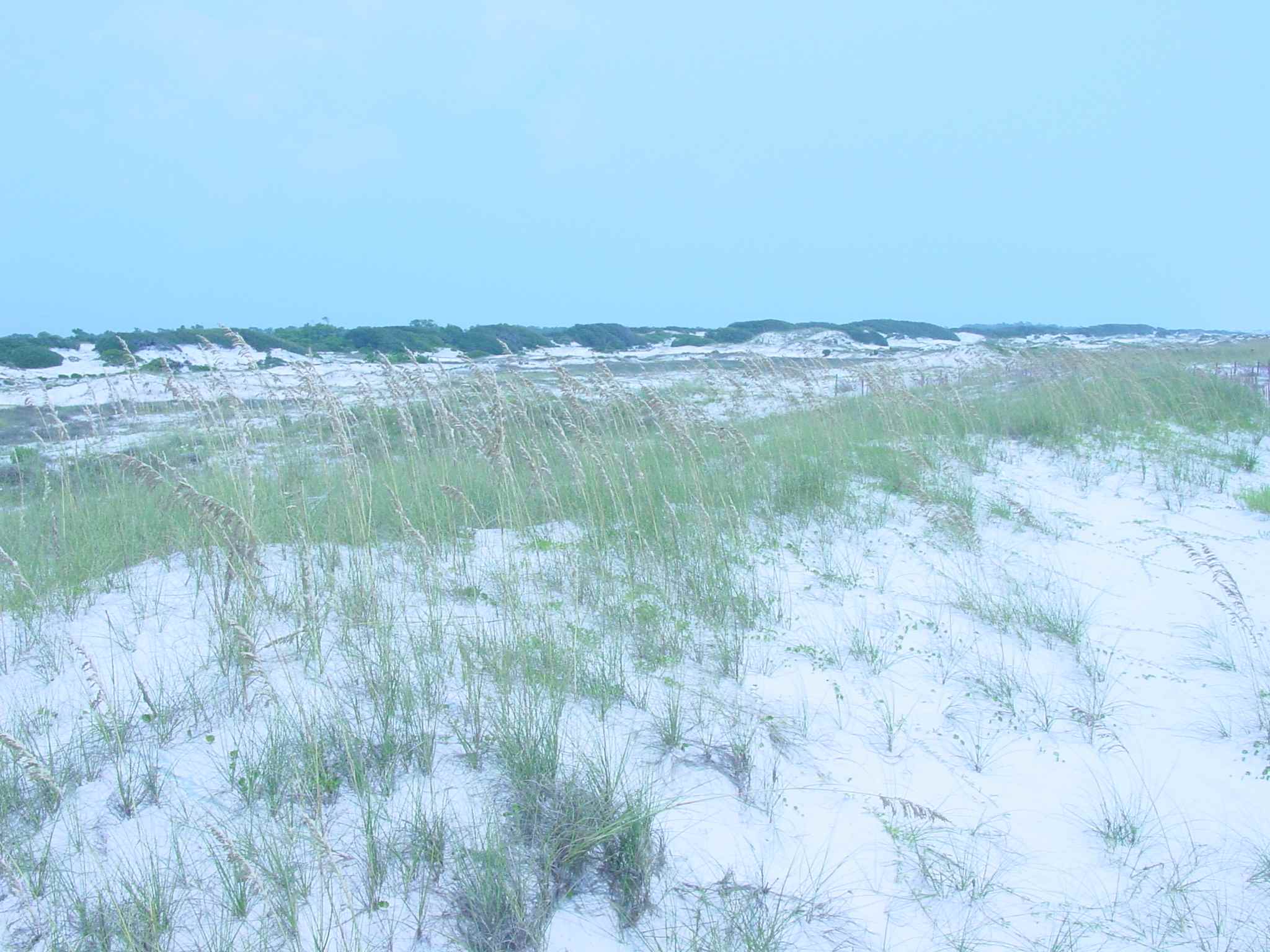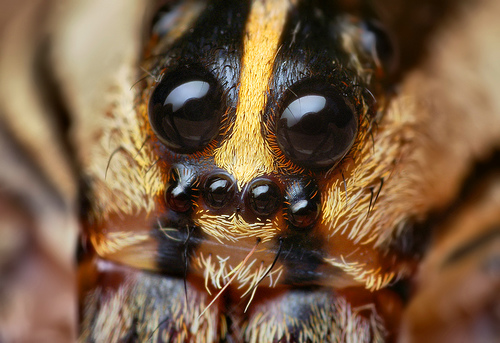Research
Population Genetics and Conservation
I am interested in the relatedness and genetic diversity of Southeastern US endemics and how this relates to their conservation status and recovery goals. Recent work is looking into niche models to direct reintroduction of threatened species. Past work as looked into the role that catastophic storms play in the life history of a coastal species of arachnid. Work on threatened habitats of the Southeastern US including temperate-pine deciduous hardwood forests as well as the coastal dune ecosystem of the Northern Gulf of Mexico to identify possible biotic indicators of ecosystem health and connectivity.
REU at Oak Mountain State Park
The current genetic variation and levels of migration or a wolf spider in a human shaped habitat – Dr. Hataway Fire suppression and anthropogenic development shape the current composition and structure of our temperate pine – deciduous hardwood forests across the southeastern United States. As succession of the forest is altered so is the habitat of endemics. The wolf spider Rabidosa rabida requires open grasslands near forests that are created and lost through succession. The halted succession within OMSP, as well as the maintained grass corridors along roadways, has potentially restructured R. rabida.
Students would collect individuals from across the entirety of the park for genotyping. Working in my lab students would extract, quantify, and amplify DNA from each of the individuals for subsequent analysis and inquiry into the effects of current management policy. Long-term experimental plots would be created monitored for founding events in what is expected to be open habitat for exploitation in the meta-population.
Bioinformatics
In conjunction with the Clark Scholars Program at Samford University, we are training students and doing research in the rapidly growing field that is the nexus of modern genomic research and computational science.Training goes from sequenced data to completed analysis.



